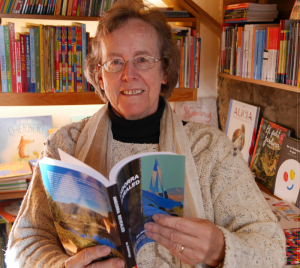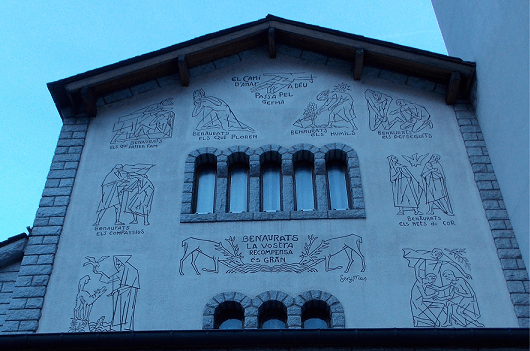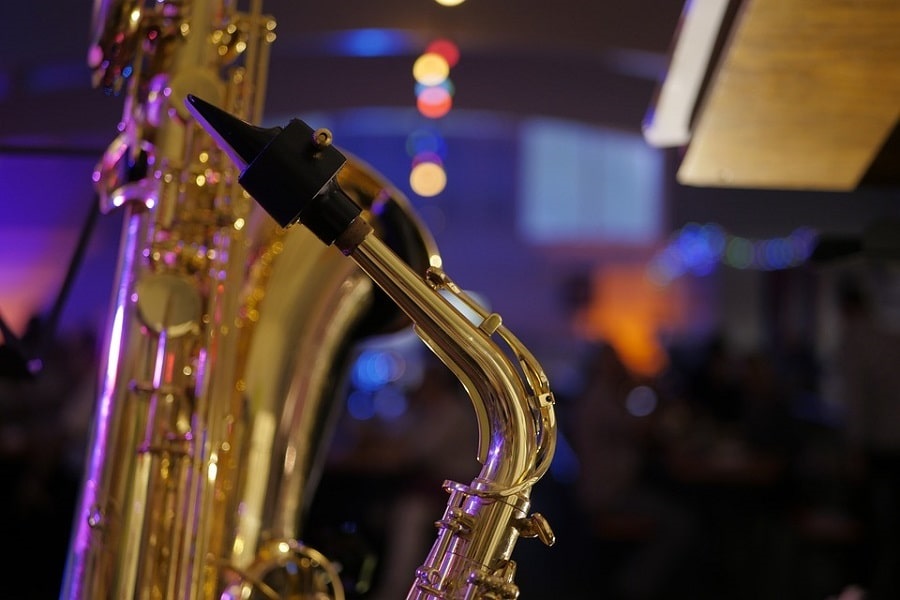PICK OF THE WEEK: Andorra (Pyrenees)
THE FESTIVAL OF OUR LADY OF CANÒLICH
Saturday, 27th May, 2017
It is 7.30 in the morning on the last Saturday of May. Soon fireworks will explode in the streets of San Julia de Loria, urging the citizens to be on their way. Already individuals, friends and families are gathering at the ITV, vehicle testing station on the narrow road towards Bixesserri and Os de Civis. They’re about to set out on one of Andorra’s most popular and ancient pilgrimages; a pilgrimage that has taken place every year since early in the 13th century. They’re headed up the mountainside to the little sanctuary of Our Lady of Canòlich which stands, high above the town, on the slopes of the Serra Plana.
According to legend, in 1223, a cowherd was grazing his cattle there when he saw a bird of a thousand brilliant colours perched on a rock. He caught the bird and took it home but it escaped and returned to its rock. Again the cowherd caught the bird and took it home. Again the bird escaped and returned to the rock. Finally, on the bird’s third return, the cowherd peered deeper into a fissure in the rock and discovered a 72cm high, wooden effigy of the Our Lady. He took it down with him to the little village of Bixessarri.
When they saw the statue, the people of Sant Julià embarked at once on building it a sanctuary. But each time they moved the statue to its new home, it miraculously returned to the rock on the Serra Plana. Finally they, too, got the message. They built the sanctuary by the rock.
This all took place, or so they say, when Christianity was fighting for the souls of the people still clinging to the Old Religion. In the 13th Century, versions of this story were found throughout the Pyrenees and it is very similar to that surrounding the statue of Meritxell, Andorra’s patron saint. If you go to the museum of La Seu Cathedral, just 10km across the Spanish border, you will find a further eight such ancient statues, well preserved and gathered together from churches in the region.
The precious statue of Canòlich, a typical austere rural sculpture dating from the 12th century, still retains its original colours. Sadly, nothing of the original Romanesque oratory remains. Its replacement, a stone chapel built in 1879, and now decorated with the tiled murals of Sergi Mas, is attractive in its simplicity. The views from its eyrie are God-given.
Throughout May, the Comú or Parish of Sant Julià lays on an impressive programme of theatrical, musical, and sporting events. They culminate with the Festival of Canòlich.
Some set out on foot, others take their cars as far as Bixessarri. An hour later pilgrims dot the steep path that winds up from Bixessarri through woods and past meadows and tobacco fields to the Sanctuary. The morning air rings with Hola and Bon dia as the pilgrims greet each other. Though strangers, they form an instant bond created by a sense of shared purpose. Is there also just a hint of shared superiority over those less dedicated, or maybe less fit pilgrims who take their cars up the steep tarmacked road to the chapel? Eventually some 400 hundred vehicles will be parked nose to tail down the mountain, for this is one of the most popular feast days in Andorra.
Those who that morning have climbed the ancient shepherds’ track to the 1528m high pastures find they are not the first to arrive. Scattered across the alpine meadows behind the Sanctuary stand the tents of the young who have camped out overnight for the vigil of Canòlich. Nearby you may spot the occasional Canòlich rose, a wild flower said always to blossom on the last Saturday of May. (Confusingly, it is a member of the buttercup family, known as Trollius Europeans or globe flower and bears little resemblance to a rose.)
At 10am the first Mass is said. At 11am the musicians, this year the Cobla Principal de Berga, a traditional Catalan orchestra, take up their positions in the shade of the church. Members of the crowd form spontaneously into large circles of dancers ready for the sardana. Those not taking part settle on the hillside to watch and enjoy the spring sunshine. An hour later the priests process around the Sanctuary’s boundaries blessing them with holy water.
This is followed by the main, Solemn Mass at midday. You need to reach the chapel really early if you want a seat inside. As the congregation waits for the service to begin, a musician schools them in the niceties of the Canòlich goig, (pronounced goj). Goigs are special songs of praise popular throughout the area and dedicated to the patron saint of individual churches.
Mass over, everyone moves outside to watch the Sant Julià folkdance group, the ESBART LAURÈDIA, perform the traditional DANSA DE CANÒLICH as a prelude to the final ceremony of the day.
For, propped up against the terraced garden, stand sack upon sack of big round loaves of bread, freshly baked for the occasion. The priests proceed to the terrace where they indiscriminately bless the bread, the press and the pilgrims with liberal sprinklings of holy water. The Mayor of Sant Julià and other officials then step forward to distribute the loaves to the waiting multitude. Later, the comú will take some of the loaves from the Sanctuary to give to the elderly and sick in the parish and in hospital. (In the old days, every family in Sant Julià had to send at least one member on the pilgrimage or face a fine.)
Meanwhile, in the garden beside the Sanctuary, the stone barbeques have been lit, and meat put on to cook. The pilgrims carry their loaves triumphantly up to the meadows and settle down to a grand spread of chops and chicory salad with maybe some local cheese, olives and sausage plus a good bottle of wine to go with the blessed bread. Often the meal is rounded off with a slice of pa de passic de Canòlich, a delicious almond sponge-cake decorated with a chocolate picture of the Sanctuary. As the crowds clear away their picnics, the dancers may once more take up their positions, but already some pilgrims are heading off on foot down the steep winding slope while others pile into their cars for the tortuous switchback trip back down the mountain, happy that once again they have kept an ancient tradition alive.
Culturally yours,
Clare
_____________
Look for about the author of the blog Clare Allcard
_____________
Look here for the whole blog “Cultural events in Andorra with Clare Allcard”
_____________











